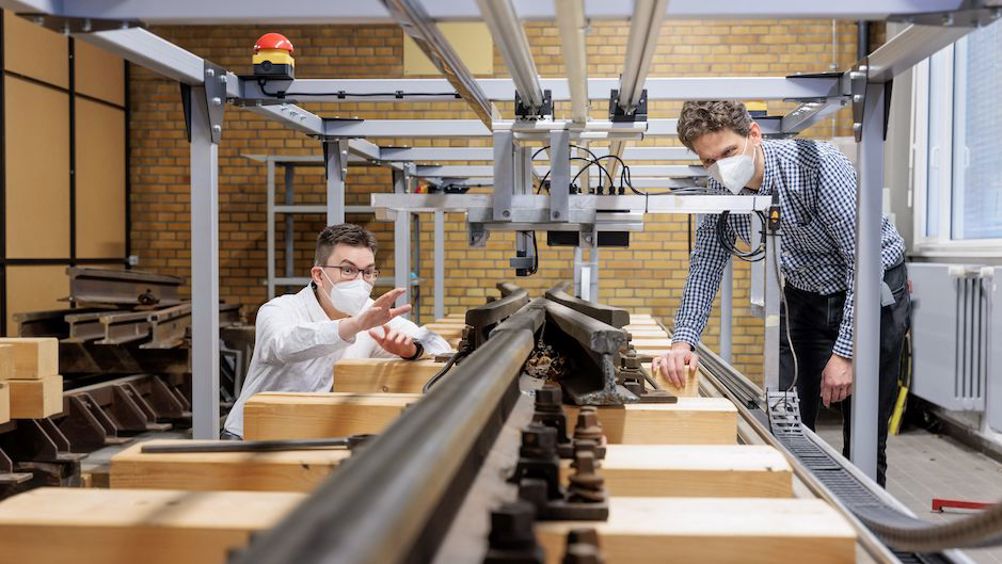MAROS sensor could boost railway capacity 35 per cent
Researchers at Karlsruhe Institute of Technology (KIT) and ITK Engineering have developed a sensor to determine the exact position of trains, aiming to increase capacities of existing railway networks.

The ‘Magnetic Railway Onboard Sensor’ (MAROS) uses an electromagnetic fingerprint to determine the position of trains. Researchers believe that this could address issues around lacking capacities and frequent delays by allowing for an increased number of trains on the same track within a shorter period of time.
“When the position of a train on a track is determined more precisely and reliably, trains could pass a certain route section at shorter intervals and the capacity per track kilometre would be increased,” said Dr Martin Lauer from KIT’s Institute of Measurement and Control (MRT).
Lauer said that a metal railway track has a type of fingerprint with highly individual marks, which MAROS can recognise to localise trains. He explained that the sensor, attached to the vehicle’s undercarriage, measures an electromagnetic field that is influenced by the ferromagnetic materials of the rails and the materials used for fixing them.
“In particular, variations of the electromagnetic field are measured. In this way, an exact electromagnetic fingerprint can be allocated to every rail section,” Lauer said.
Register now to continue reading
Thanks for visiting The Engineer. You’ve now reached your monthly limit of news stories. Register for free to unlock unlimited access to all of our news coverage, as well as premium content including opinion, in-depth features and special reports.
Benefits of registering
-
In-depth insights and coverage of key emerging trends
-
Unrestricted access to special reports throughout the year
-
Daily technology news delivered straight to your inbox










UK Enters ‘Golden Age of Nuclear’
Anybody know why it takes from 2025 to mid 2030's to build a factory-made SMR, by RR? Ten years... has there been no demonstrator either? Do RR...